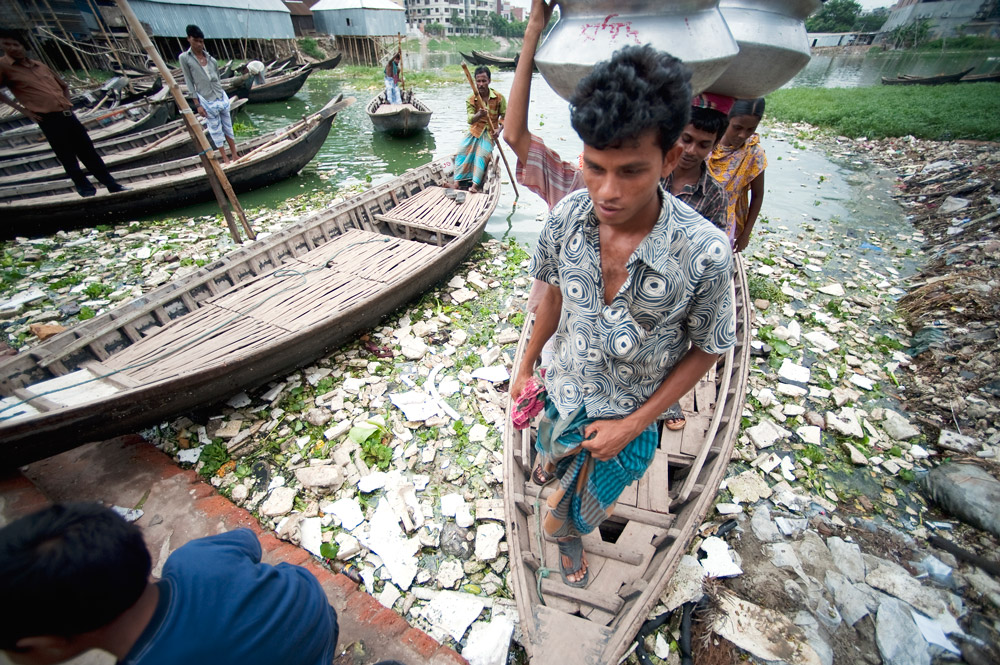Prioritization of corruption risks and selection of mitigation measures
Once you have conducted a thorough diagnosis of various corruption risks, you can begin to prioritize, select and design specific counter-corruption remedies. When prioritizing and designing a realistic mitigation plan, consider the following three factors:
- Impact: How much damage might a potential corruption risk cause?
- Likelihood and frequency: How often is a particular corruption risk likely to occur?
- Feasibility: Are there windows of opportunity or political incentives to put mitigating measures in place? Is there a coalition of actors that can work together to do so? Is it likely that people will lead these risk mitigation measures?
